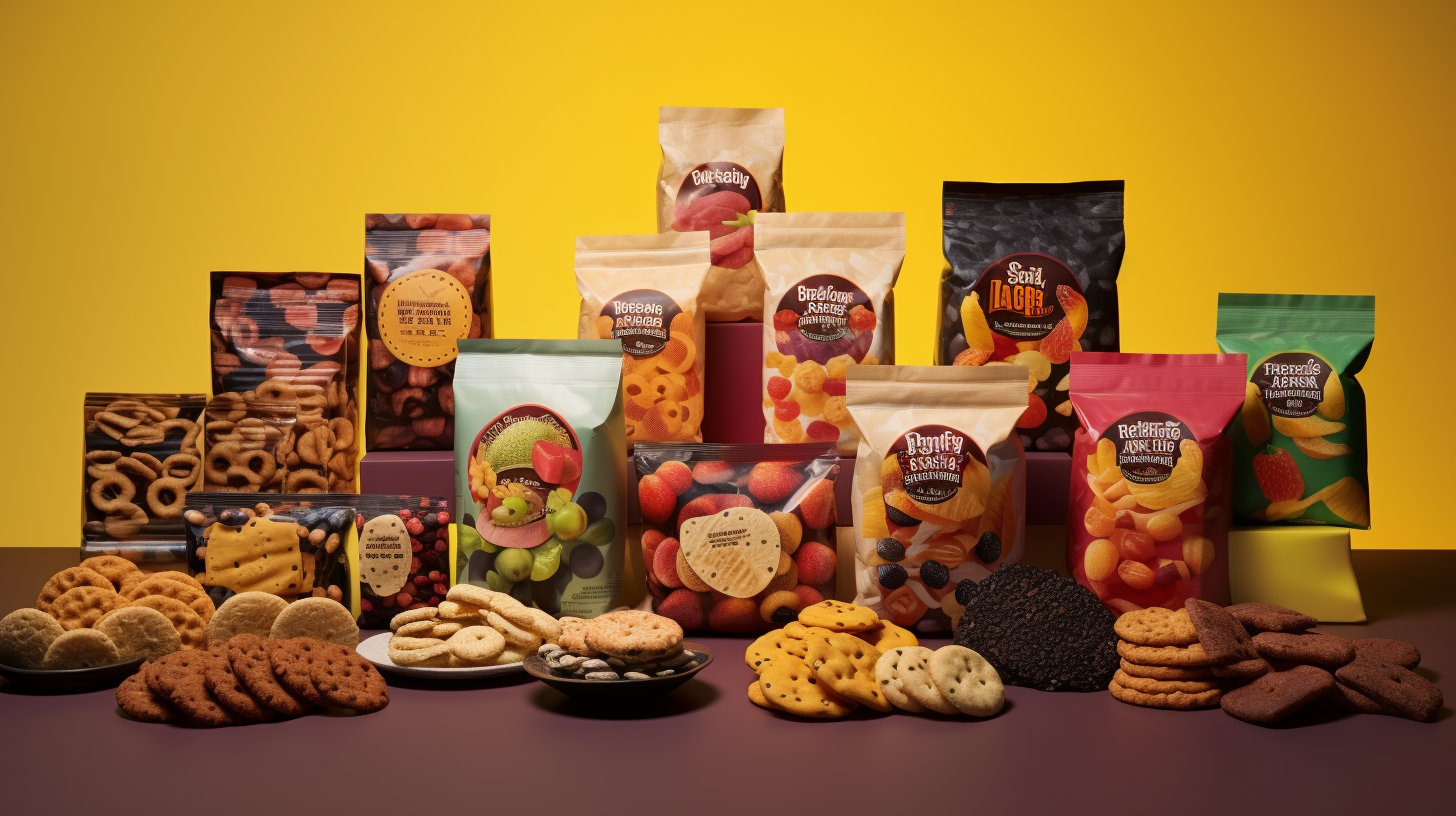Understanding Packaging Design for the Chinese Market

Introduction When targeting the Chinese market, brands must acknowledge the pivotal role packaging design holds. In a society where public displays are esteemed and foreign products are favored, the design of your packaging can significantly impact your brand’s success. This article dives deep into tailoring your packaging to resonate with Chinese consumers, taking into account their cultural nuances and preferences.
Understanding Chinese Consumer Behavior
1. Consumer Behavior and Preferences: China, in its vastness, houses consumers with diverse behaviors. Notably, younger consumers like Millennials and Gen Z gravitate towards quality-centric innovative products. Platforms like WeChat, an integral part of their lives, not only facilitate communication but also drive eCommerce through in-app stores. Unlike the Western preference for minimalistic design, the Chinese market leans towards bright and culturally resonant packaging.
2. Cultural Insights: Chinese consumers deeply value tradition and history. Thus, incorporating traditional motifs, like dragons symbolizing power and prosperity, can boost your product’s appeal. Color plays a significant role too; red signifies happiness, and gold denotes wealth.
The Significance of Adapting Packaging Design
Chinese shoppers often base their purchase decisions on packaging design. Bright colors are especially appealing for items like food and beverages. Customizing packaging is also pivotal, as seen when Coca-Cola released personalized bottles during the 2008 Beijing Olympics, resulting in massive sales.
Furthermore, different age groups in China have distinct packaging preferences. While younger consumers favor vibrant, modern designs, the older demographic inclines towards traditional styles. Notably, image-conscious millennials are willing to splurge on appealing packaging.
How to Adapt Packaging Design
1. Branding and Visual Identity: Striking a balance between maintaining brand identity and catering to local tastes is paramount. For instance, while Coca-Cola retains its signature red hue worldwide, it localizes its label language per the region. Starbucks, in its Chinese outlets, incorporates local architectural elements into its logo design.
2. Language and Communication: Mandarin, spoken by over a billion people, is China’s official language. Yet, the numerous dialects necessitate region-specific messaging. Additionally, colors and symbols should be chosen that align with Chinese values and norms. Brands must avoid any potential cultural missteps, such as inappropriate imagery.
3. Colors, Symbols, and Cultural Relevance: Colors have deep-rooted implications in China. While red and gold symbolize prosperity, white is linked with mourning. The Chinese zodiac, too, offers branding opportunities, as each year associates with a specific animal believed to bring luck.
4. Size and Shape Preferences: Convenience is pivotal for Chinese consumers. Companies like Nestle, acknowledging this, introduced smaller KitKat bars, catering to demands for portion control. Product sizes also influence perceptions of affordability and quality.
5. Materials and Sustainability: With a growing environmental consciousness, sustainable packaging materials are gaining traction. Brands need to holistically consider the sustainability of materials, from sourcing to disposal.
6. Festive Packaging: Festivals play an integral role in Chinese culture. Brands can capitalize on festive sentiments by introducing specialized packaging for occasions like the Lunar New Year or Mid-Autumn Festival.
Case Studies
1. Xiaomi’s Mi Home app packaging: Reflecting the brand’s simplicity mantra, its minimalist design greatly appealed to users.
2. KFC’s Chinese Strategy: KFC, realizing the importance of localization, redesigned its logo, incorporating elements like chopsticks to resonate more with Chinese consumers.
Successful packaging in China often entails blending brand essence with localized cultural elements.
Crucial Factors for Success Effective localization, understanding cultural norms, and leveraging various design elements can elevate a brand’s appeal. Brands like Coca-Cola and Nestle have adeptly localized their designs, tapping into the preferences of Chinese consumers.
In Conclusion Successfully penetrating the Chinese market necessitates a deep understanding of its cultural fabric and consumer behavior. Tailored packaging, which aligns with these insights, can significantly enhance a brand’s market share in this competitive landscape.





